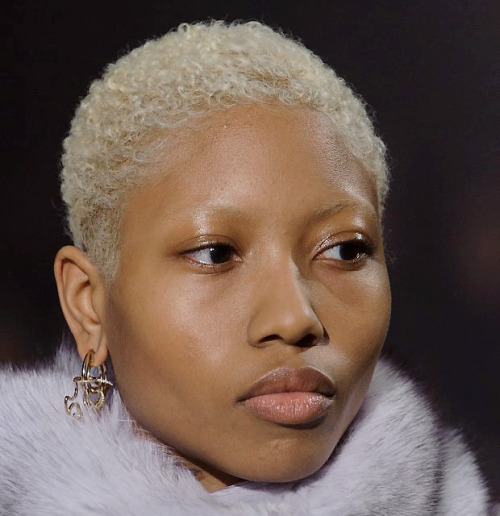I Think Tessa Gray Would Have Loved The Book Circe By Madeline Miller
I think Tessa Gray would have loved the book Circe by Madeline Miller
More Posts from Chelsychacon and Others

"Être dans une paranoïa est comme l'obscurité, avec beaucoup de voix ennuyeuses qui vous parlent et vous ne savez pas quoi faire, mais écouter ta voix me guide sur un chemin pour aller là-bas et comprendre les choses, voir ce chemin vous fait revenir à la vie , courez et sachez que vous pouvez sortir." . . . . https://www.instagram.com/p/BrY19j0BHJv/?utm_source=ig_tumblr_share&igshid=1f9gzuksekja1

I decided to practice textured brushes with my dear original character “Marianella Reddington” from my story “Where Flowers Bloom”









Museum Hours, Jem Cohen, 2012


A friend lent me her Copic markers and it was SOOO AWESOME!!!
More characters designs of Thomas, Warren and Ella :3
I just, I just think we deserved more “slice of life” episodes in The Clone Wars.
Enough of the world ending. Enough lightsaber duels on the top of skyscrapers. I’m sick of Clone trauma episodes.
Where’s the filler episodes that are just joy. Where’s the:
Obi Wan realizes he never taught Anakin how to swim, which means Ahsoka also doesn’t know how to swim, so Obi Wan panics and takes them both to Naboo and acts like a grumpy dad on vacation.
Breha Organa travels to Coruscant to speak before the senate and just raises hell, Clone Trooper Comet is there.
Fives and Echo loosing Rex’s helmet in an over complicated prank and wandering the lower levels in increasingly ridiculous attempts to retrieve it
Ahsoka and Hardcase accidentally light the 501st campsite on fire
A ripoff of the Tribbles episode
Plo Koon goes to his homeworld, and brings the Wolfpack
Boba Fett doesn’t know how to cook
Ahsoka takes the 501st shopping and bills the Jedi Order
Clone Commanders at 79s telling ridiculous stories that definitely sorta happened
Like come on. Please. I need this.







Book and magazine illustration was historically an environment very populated by women in times in which they weren’t allowed the same room for artistic education, exposure and professional careers as cis men artists. Even though the Golden Age of illustration brings usually the names of the “fathers” of the artform, many women developed artistic styles that added new significance to storytelling. Still, it’s important to note that the environment was still a place of great privilege and only few women (especially white women with enough means) were able to find sustainable work in the industry in the XIX and early XX century. Some of the women showcased here became historically relevant many years after they passed, having awards named after them, becoming firsts to enter artistic halls of fame, creating networks for employment that outlived them, and being included in “gay-themed history tours” that recognized their lives, among many other legacies.
These are the few artists showcased here: Eleanor Vere Boyle (1825-1916), Josephine Pollard (1834-1892), Kate Greenaway (1846-1901), Alice Bolingbroke Woodward (1862 — 1951), Jessie Willcox Smith (1863 – 1935), Isobel Lilian Gloag (1865–1917), Helen Stratton (1867-1961), Elizabeth Shippen Green (1871 – 1954), Violet Oakley (1874 – 1961), Anne Anderson (1874 — 1952), Jessie M. King (1875—1949), Elenore Plaisted Abbott (1875–1935), Ruth Mary Hallock (1876-1945), Florence Susan Harrison (1877-1955), Mabel Lucie Attwell (1879-1964), Rie Cramer (1887-1977), Margaret Tarrant (1888-1959), Ida Rentoul Outhwaite (1888—1960), Dorothy P. Lathrop (1891—1980), Cecile Walton (1891—1956), Margaret Tempest (1892-1982), Wanda Gág (1893-1946), Jennie Harbour (1893-1959), Virginia Frances Sterrett (1900—1931), Adrienne Segur (1901-1981), Janet Grahame Johnstone (1928 – 1979) and Anne Grahame Johnstone (1928 – 1998), Trina Schart Hyman (1939-2004) and Kinuko Y. Craft (1940).

EDIT:
It has come to my attention that this post has been reblogged by some terf blogs (I’ve already blocked). Make no mistake, I don’t welcome terfs on my posts (or my blog, for that matter).
In my intention to share some of the artists I was studying during March 8th, I didn’t realize that people could take my inclusion of these often forgotten artists as an exclusion of others. The fact that trans illustrators and visual artists in history haven’t been as acknowledged as cis artists doesn’t mean they weren’t there, it’s a reflection of how systematic gender oppression acts on history and what it upholds.
It was my mistake to not see that this selection could imply exclusion, and even if not my intention, it’s not a possibility I’m willing to let people entertain. Therefore, I added now some trans visual artists and illustrators who were contemporary to the ones I included prior: Lili Elbe (1882-1931), Ovartaci (1894 – 1985), Anton Prinner (1902-1983), Michel Marie Poulain (1906-1991), Jeffrey Catherine Jones (1944-2011), El Kazovsky (1948-2008).
I also want to include a couple of resources on current trans inclusive platforms that house artists through history as well as current illustrators that you can check out right now:
Queer Art History: curated currently by Baylee Woodley (she/her/hers or they/them/theirs), this site includes a category on Transgender & Gender Non-Conforming art, which goes through different historical periods and mediums.
Women Who Draw: this directory and platform is trans-inclusive, it also houses trans and gender non-conforming illustrators currently working.
If you want to include more artists, you’re welcome to do so!

Doodle of a classmate while working on a #designthinking process https://www.instagram.com/p/BrMs1LzhieG/?utm_source=ig_tumblr_share&igshid=1c5gdcrfdob23
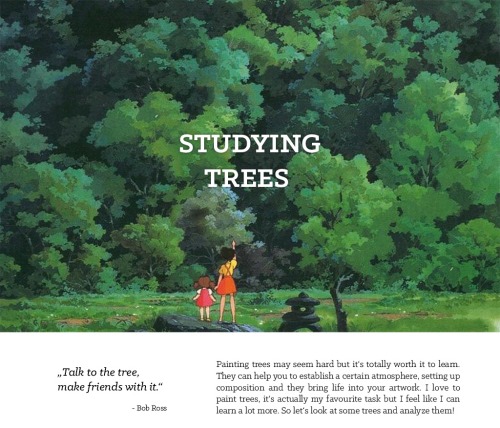

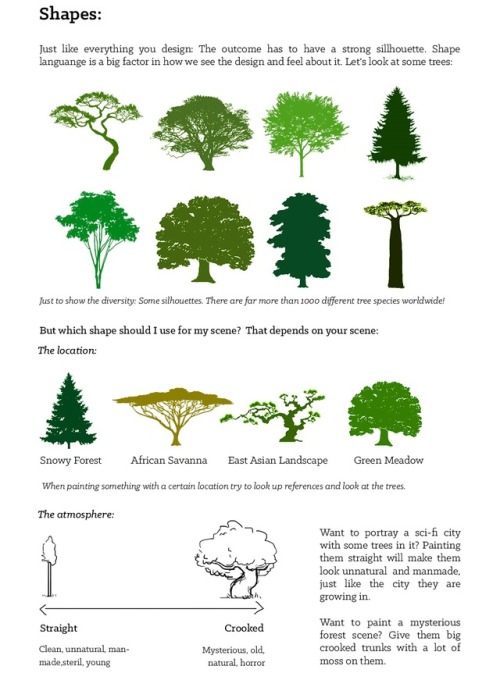
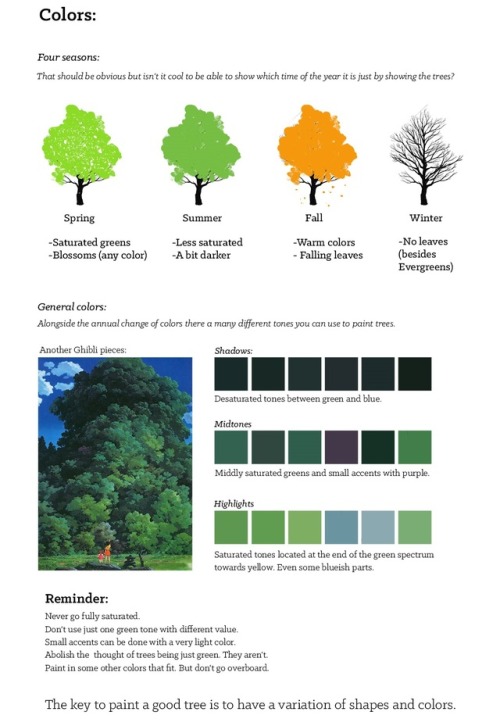
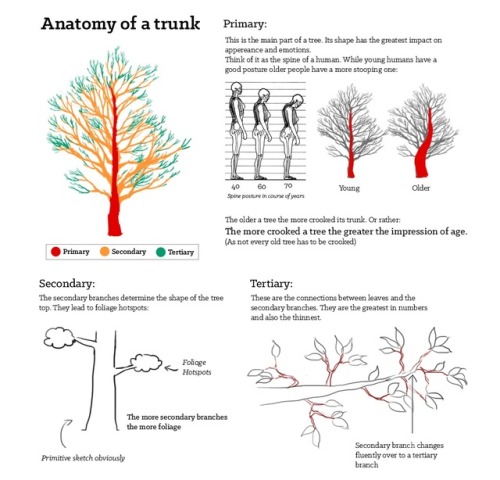
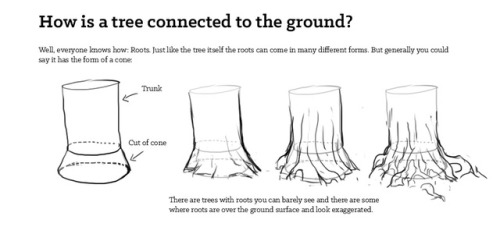
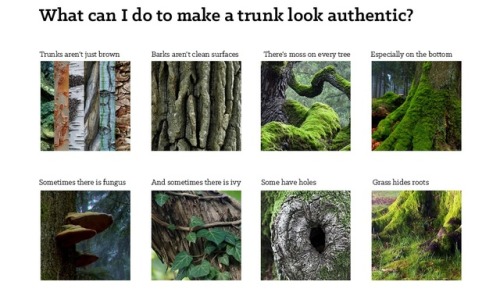
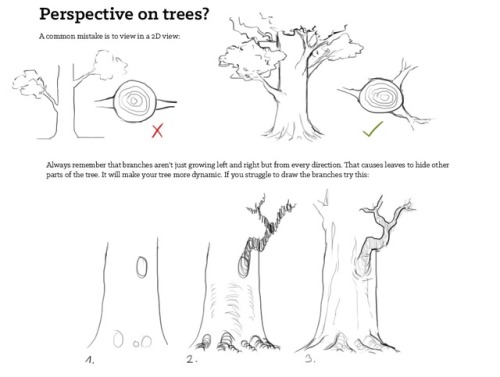
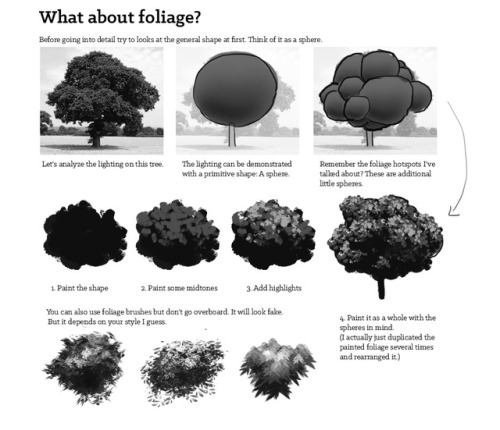

Studying Trees by Fabian Rensch
-
 loveelylulu liked this · 1 year ago
loveelylulu liked this · 1 year ago -
 fullmoonthebrazillianwolf liked this · 1 year ago
fullmoonthebrazillianwolf liked this · 1 year ago -
 high-priestess-of-daydreams liked this · 1 year ago
high-priestess-of-daydreams liked this · 1 year ago -
 pozzodisegretiebugie reblogged this · 1 year ago
pozzodisegretiebugie reblogged this · 1 year ago -
 almamatutina liked this · 1 year ago
almamatutina liked this · 1 year ago -
 certainfest liked this · 1 year ago
certainfest liked this · 1 year ago -
 iliveinbetweenthepages liked this · 1 year ago
iliveinbetweenthepages liked this · 1 year ago -
 iccanthinkofone liked this · 1 year ago
iccanthinkofone liked this · 1 year ago -
 callmewhateveruwanticantthink liked this · 1 year ago
callmewhateveruwanticantthink liked this · 1 year ago -
 deanwinchestergf liked this · 1 year ago
deanwinchestergf liked this · 1 year ago -
 crazy-fangirl2524 liked this · 2 years ago
crazy-fangirl2524 liked this · 2 years ago -
 omg-superbwitchstudent-universe liked this · 2 years ago
omg-superbwitchstudent-universe liked this · 2 years ago -
 avatar-anna liked this · 2 years ago
avatar-anna liked this · 2 years ago -
 indiainswiftland liked this · 2 years ago
indiainswiftland liked this · 2 years ago -
 seacic13 liked this · 2 years ago
seacic13 liked this · 2 years ago -
 xsephone liked this · 2 years ago
xsephone liked this · 2 years ago -
 sweets0ftie liked this · 2 years ago
sweets0ftie liked this · 2 years ago -
 finalgirlbrainrot liked this · 2 years ago
finalgirlbrainrot liked this · 2 years ago -
 hyrulecore liked this · 2 years ago
hyrulecore liked this · 2 years ago -
 hila488 liked this · 2 years ago
hila488 liked this · 2 years ago -
 raspberrymiltivitamin liked this · 2 years ago
raspberrymiltivitamin liked this · 2 years ago -
 lesbocrocker liked this · 2 years ago
lesbocrocker liked this · 2 years ago -
 slushmonsterz liked this · 2 years ago
slushmonsterz liked this · 2 years ago -
 chelsychacon reblogged this · 2 years ago
chelsychacon reblogged this · 2 years ago -
 taesmintpods liked this · 2 years ago
taesmintpods liked this · 2 years ago -
 perdidaenalgunlibro liked this · 2 years ago
perdidaenalgunlibro liked this · 2 years ago -
 toto-dreamer liked this · 2 years ago
toto-dreamer liked this · 2 years ago -
 foxesjostens liked this · 2 years ago
foxesjostens liked this · 2 years ago -
 sicknesssweet liked this · 2 years ago
sicknesssweet liked this · 2 years ago -
 yupkook liked this · 2 years ago
yupkook liked this · 2 years ago -
 like-hamlet liked this · 2 years ago
like-hamlet liked this · 2 years ago -
 that-silver-girl liked this · 2 years ago
that-silver-girl liked this · 2 years ago -
 wannabeajedi liked this · 2 years ago
wannabeajedi liked this · 2 years ago -
 gatomimidor36 liked this · 2 years ago
gatomimidor36 liked this · 2 years ago -
 completeanduttermess reblogged this · 2 years ago
completeanduttermess reblogged this · 2 years ago -
 bembembembis liked this · 2 years ago
bembembembis liked this · 2 years ago -
 aurelia-rose1 liked this · 2 years ago
aurelia-rose1 liked this · 2 years ago -
 nah-my-mom-said-no liked this · 2 years ago
nah-my-mom-said-no liked this · 2 years ago -
 lunariathyme liked this · 2 years ago
lunariathyme liked this · 2 years ago -
 bi-chaos3co liked this · 2 years ago
bi-chaos3co liked this · 2 years ago -
 seavbreeze liked this · 2 years ago
seavbreeze liked this · 2 years ago -
 luxurystark-jackson liked this · 2 years ago
luxurystark-jackson liked this · 2 years ago -
 warriorofbookingham liked this · 2 years ago
warriorofbookingham liked this · 2 years ago -
 cesteda liked this · 2 years ago
cesteda liked this · 2 years ago

| Visual Developer, Character Designer & Illustrator | Feel free to contact me chelsychacon@gmail.com
224 posts
